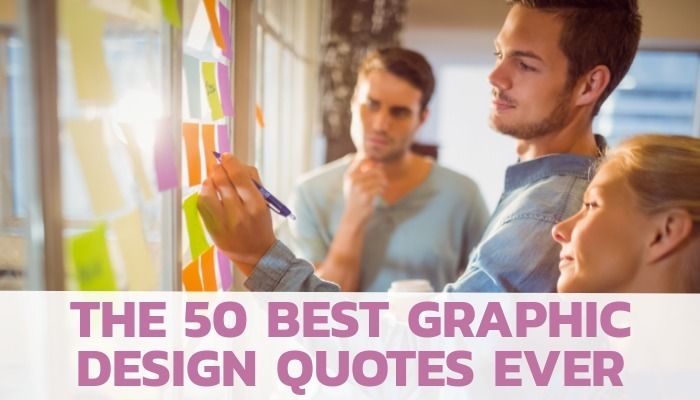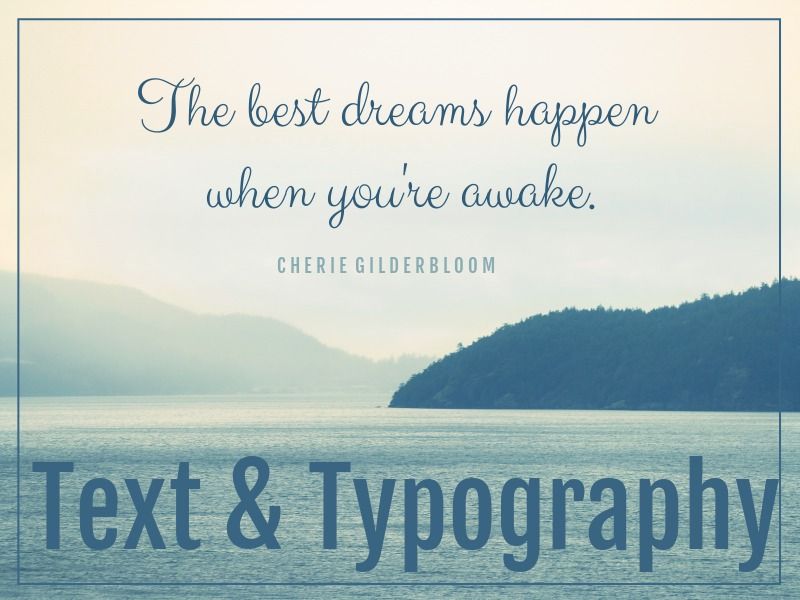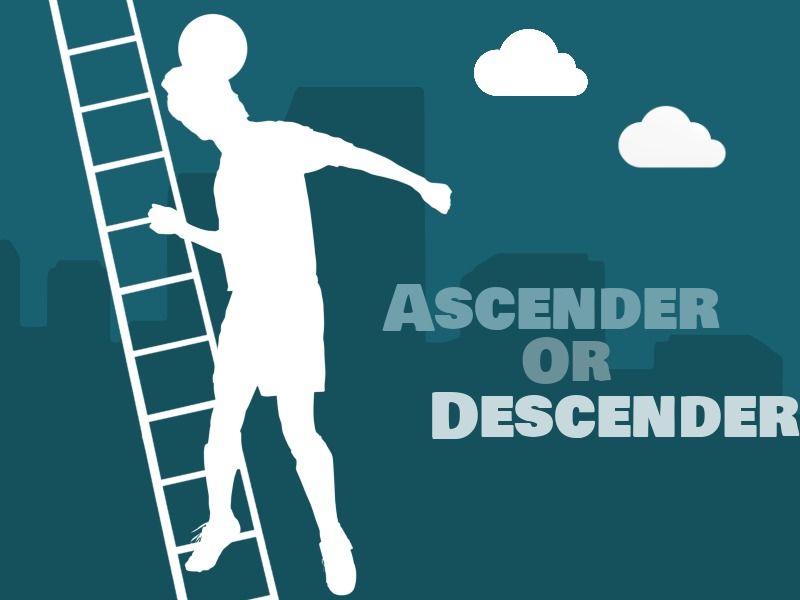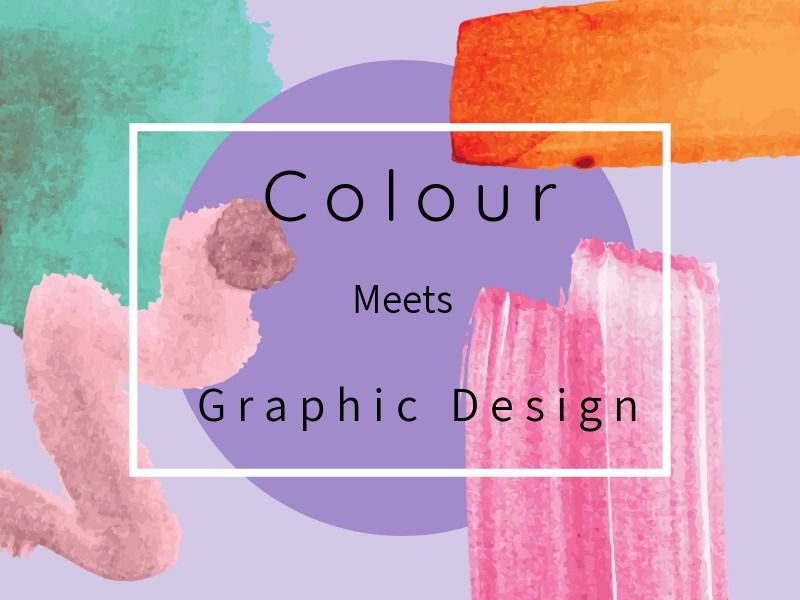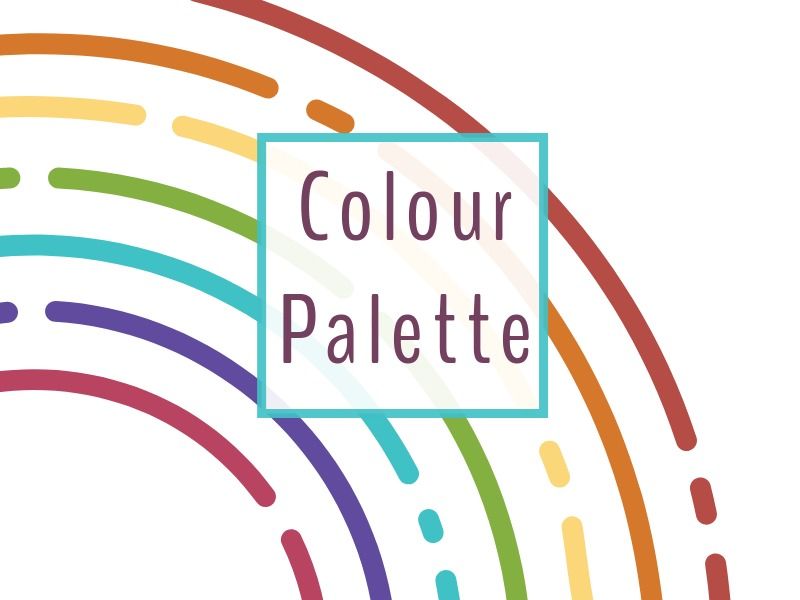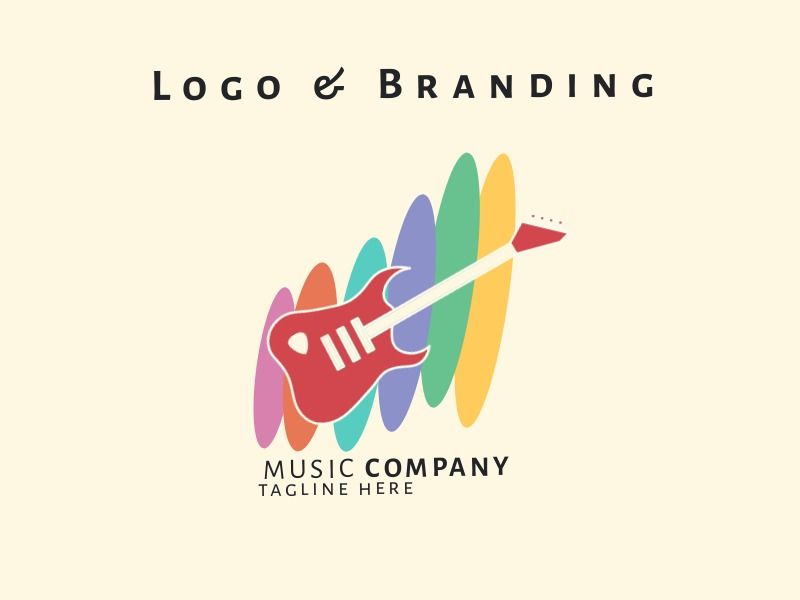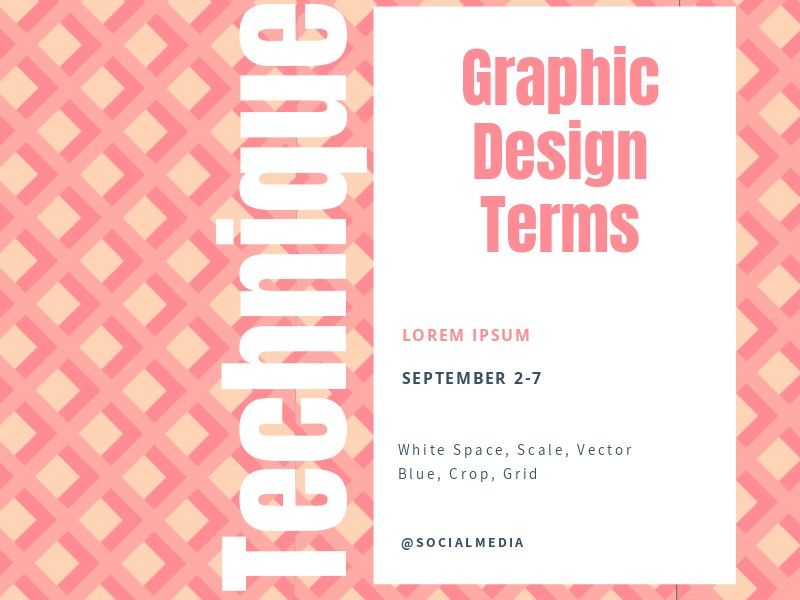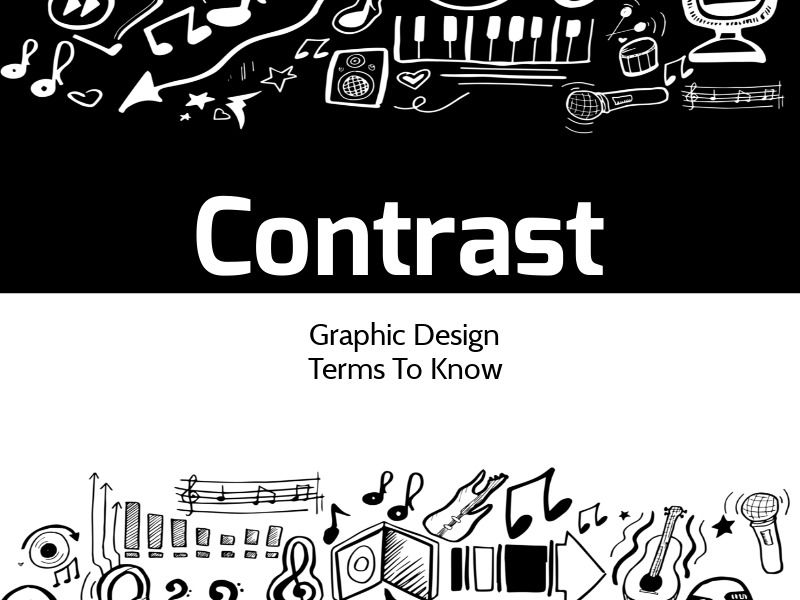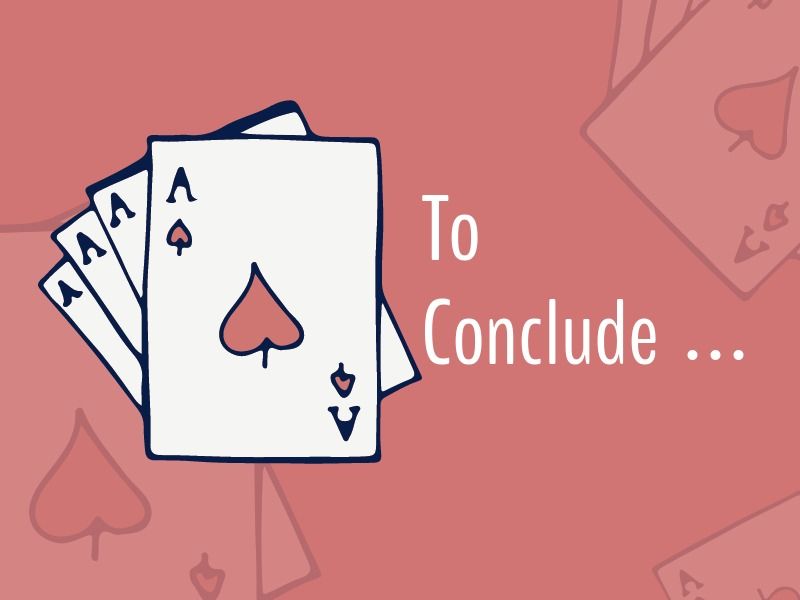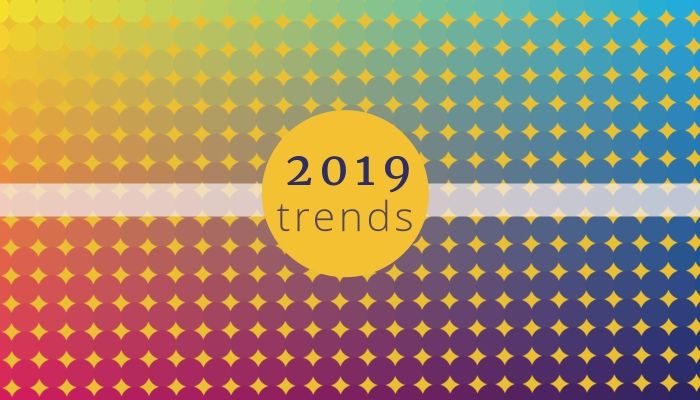Introduction
You may think all the types of graphic design is a whole new world but in reality, it’s been around for years. It even has developed a language of its own.
If you’re not in the industry don’t worry, I know these terms may be confusing. For instance, terms like kerning, bowl, creep, and many more might make no sense to you while talking to a designer, but these are the widely used graphic design terms.
Whether you are new in the field of graphic design or aspiring to level up your knowledge, this post is going to help you out! Here we have come up with a list of the top 50 commonly used graphic design terms.
Take a look about the biggest design trends, you can take example from this list. It will helps you a lot!
Take a quick look to enhance your graphic design vocabulary
Typography and Text – Graphic Design Terms
One of key elements in graphic design is typography. The words you use in a design are important. You need to make sure they fit in properly or stand out enough! Finding the balance is key. Here are some of the widely used graphic design terms related to text and typography.
1. Typography
The outlook and style of printed words. All the visual text displayed on paper, billboards, and screens include typography. Simply stated, it’s an art of arranging the printed words to make the design appealing. A good designer knows how to use typography for better visual communication of their ideas in their designs.
2. Script Type
Font based on either traditional or modern styles of handwriting. Script fonts can be broken into two types-Casual and Formal. Think light brush strokes, rounded characters and decorative design.
Casual
The casual scripts give the look and feel of wet brush strokes. They became popular in the late 19th century and are often featured in modern graphic design. Very similar to calligraphy.
Formal
These are the traditional script fonts based on the letter-forms of the 17th and 18th centuries. These fonts have a more elegant appearance and are extensively used on certificates, diplomas, and other formal documents.
3. Typographic Hierarchy
The basic element of any design with text. The hierarchy involves choosing which piece of text is most important. Your heading should get the most emphasis and so on, in order of importance.
4. Kerning
Kerning refers to the space between two consecutive letters, numbers, or any other characters. It also refers to the process of adjusting space between characters to improve how the text is read. It can make spacing look uniform across the design.
5. Leading
Leading is one of those graphic design terms that can be confusing, it refers to line spacing. It’s the space between two consecutive baselines of a text block. Essentially, large leading means more space between the text lines making it clear and legible.
6. Tracking
Tracking is often confused with Kerning but trust me, they’re very different. Tracking refers to the spacing of words or a whole paragraph, not just the letters in the word. Famous graphic designers use tracking to alter the structure or density of words, to better align and therefore improve the look of the design.
7. Ascender
Ascenders are those parts of lower-case letters that extend above the average height of a font. For instance, in most of the typefaces, letters like d, h, and k are ascenders.
8. Descender
Being opposite to ascenders, descenders refer to the parts of letters that extend below the baseline of a typeface. For example, letters like g, p, and y are the descenders.
9. X-Height
As the term itself indicates, x-height refers to the actual height of lower case letter x in any particular font. Generally, the term is used to indicate the average height of all lowercase letters in a font.
10. Orphans
Orphan refers to either a single word or a short line that usually appears at the end of a paragraph and sits alone on a new line, column or page. It can throw the whole design off and sometimes a designer needs to use their skills to adjust them for aesthetic purposes.
11. Widows
Widows are the text lines separated from the main text body. These lines appear either at the beginning of a paragraph that comes at the bottom of a page or at the ending of a paragraph that extends to a new page. It can be seen as bad graphic design if they leave too much white space above or below.
12. Placeholder Text
You must have seen the text ‘Lorem Ipsum’ before, right? That’s the dummy text mainly used for testing. Simply stated, these are the filler words used in place of text to show the placement of the final copy. You can see that in some of our templates on Design Wizard.
13. Point Size
Point Size is the total distance between the highest ascender’s top and the lowest descender’s bottom of any particular font. It’s really the size of the font.
Colours
Design Wizard is colour crazy. Pastel to neon and everything in between, we love colour. It’s a highly important factor in design. Here are some graphic design terms related to colours and their theory.
14. Cool Colours
Cool colours include Blue, Green, Light Purple, and others that are produced by using different proportions of these colours. All these colours tend to give a soothing impact and have a cool tone as their base.
15. Warm Colours
The colours including Red, Yellow, and Orange, and ones that are produced with their different combinations are termed as Warm colours. They give a lively and friendly vibe. Appropriate use of cool and warm colours can help in effective design.
16. Hex
Hex refers to a number comprising digits that is usually used in CSS and HTML to identify colours. This colour code is also present in most of the design software. We use Hex colours at Design Wizard.
17. CMYK
CMYK is a graphic design term that stands for four colours namely Cyan, Magenta, Yellow, and Black. This colour model is often used for print designs where a whole lot of colours can be produced just by using different amounts of these four colours.
18. RGB
RGB stands for Red Green Blue. It’s like CMYK’s digital brother and is often used for creating digital designs. A whole range of colours can be produced using these three primary colours. Mix a bit of this with a bit of that and boom, you have a new shade!
19. Triadic
Relatively more lively than the complementary and analogous, Triadic colours refer to those three colours that are evenly spaced on the colour wheel. They have strong contrast but also can work really well together.
20. Analogous
Analogous are the neighbouring colours present on the colour wheel. These colours can be used to create a well-composed design. For instance, Red and Orange are analogous. They complement each other due to their base colours.
21. Palette
Palette is a colour scheme selected for a particular design or brand. It should be selected wisely to ensure the creation of a fantastic design by using the colours harmoniously. You can create a custom colour palette here at Design Wizard.
Take a look on the best packaging design, they are always using the most popular colours and try to make people remember their ads.
To make the best ads go check advertising design to take example and having new ideas!
22. Complementary
Contrary to analogous, complementary colours are the ones that are positioned opposite to each other on the colour wheel. For instance, Red and Green are complementary colours. Using such colours can add more aesthetic appeal to your designs.
23. Pantone
Pantone matching system is a standard colour scheme for printing and it is used in a number of industries including manufacturing and product design. Each colour is given a specific name and number, this makes it easy to identify them and reproduce them at a later time.
24. Monochrome
The term monochrome is used for a palette comprising different tones of one colour. For instance, grey scale is an example of monochrome. Having a single colour hue makes monochrome easy on the eye.
25. Gradient
A gradual change of colour is termed as the gradient. It’s one of the most widely used graphic design terms. The two commonly used types of the gradient are linear and radial. Gradients almost flow and are lovely to look at.
26. Opacity
Opacity refers to the degree of transparency a design element has. The lower opacity means high transparency of the element. Similarly, the solid objects have 100% opacity. Can be used to create shadow effects on designs. The resources of design are unlimited and should be used at the maximum!
27. Tint
The tint is a shade of a colour. For example, adding white to any colour produces its tints. You can simply say, different tones of a colour are the tints of the colour.
28. Hue
Hue is just a simple term used to describe any colour. Thus, all the colours that you see on a colour wheel are hues. It’s all about the colour and the shade of the colour.
Logo and Branding
Many people don’t know the difference between logo mark and logotype. Do you know? If not take a look at these graphic design terms. To logo or not to logo, that is the question!
For making the best logo, try to learn how to create amazing geometric design! It's the best way to improve your way to make a logo and be creative for logo design.
29. Logomark
The mark of the symbol of a brand that does not include the company name. It is a graphic or an image usually without text. Simply put an icon or design without words.
30. Logotype
A logotype refers to a company name that is creatively designed to have a visual uniqueness. Usually incorporates icons, text and the business name. All of the brand elements included in one.
31. Icon
Icons are such images that are used in designs to represent either an object or an action. These should be used wisely to make the message clear to the audience.
Graphic Design Terms and Techniques
Several different techniques are used in designing. To better understand the definitions of design, you must know the following terms. Build a strong foundation of understanding the terms and the techniques will follow!
32. Texture
The surface characteristics of any image. For instance, different textures like brickwork, leather, and many others are used in different designs.
33. White Space
Usually termed as negative space, it is the area that is left blank in a design. Here it is important to know that white space may not necessarily be white. It can actually be of any colour and it just refers to empty space.
34. Knolling
The knolling technique is used to create a symmetrical and organised look of a design. It involves the placement of different objects at a 90-degree angle from each other against a contrasting background and capturing these objects from above.
35. Blur
Blurring makes the image less distinct. This technique can be used to highlight text or certain parts of the image by blurring the rest of the image. It can take certain elements out of focus so that your eye is drawn to a specific feature.
36. Resolution
The resolution identifies the quality of an image. For example, images of high resolution are clearer when compared to the low-resolution images. For great quality design you should have high resolution content.
37. Saturation
Saturation is the purity or intensity of any colour. High saturation makes the image appear brighter while reducing saturation makes it dull.
38. Grid
The equally divided rows and columns form a grid. It helps designers to maintain consistency in the design by proper placement of elements.
39. Cropping
Cropping refers to removing the unwanted parts of an image. It is one of the very basic techniques in photo manipulation. Through cropping, you can simply change the direction or emphasis of any image.
40. Contrast
The use of two different elements on the same page creates contrast. For instance, it can be light vs. dark colours. Using contrast in designs can make them more appealing.
41. Pixels
A pixel is basically the smallest programmable picture unit displayed on a screen. It is also known as a picture element. A picture is displayed by having thousands (maybe even millions) of pixels connected closely together to form a design.
42. Flat Design
It’s a minimalist design approach focusing on usability and simplicity. Flat designs usually include bright colours, crisp edges, and 2D illustrations.
43. Vector
Vector is among the widely used graphic design terms. It refers to the images that are made up of curves, lines, and points. These images don’t lose any quality when scaled.
44. Raster
Raster images are the ones that are generally made up of rectangular pixels grid. Changing the size of such images can make them blurry.
45. Aspect Ratio
Aspect Ratio is a design term that refers to the width to height ratio of an image or screen.
46. Scale
Scale refers to any object size in relation to other objects present in a design. Creative use of scale can help in effective communication of visual messages. Besides, scale helps in creating visual hierarchy in designs.
47. Rule of Thirds
It’s a theory that says, if an image is divided with two horizontal and two vertical lines, the points of intersection of these lines, will be the focal points. This is a classic, design technique that you can see famous examples throughout history.
48. Margin
The space around the page edge. Adding or reducing margins can help in creating calm and intense designs.
49. Die Cut
It’s a finishing process that includes cutting some printed design areas in different shapes to produce unique effects.
50. Thumbnail Sketch
No, it’s not your hand’s thumbnail. Thumbnail sketch is a rough drawing of a design concept. It helps designers to visualise and polish ideas before getting started on screen.
In the End
So, there you go. These 50 graphic design words will surely add to your knowledge.
Whether you are a designer or working with one, things will be much easier for you now. However, that is not all and there’s much more for you to learn.
Design terminology keeps on changing with time. To stay updated with modern graphic design terms, keep looking for what’s new and build your design vocabulary.
With these graphic design terms in your vocabulary, you’ll ace any conversation!

Vanessa Anderson
